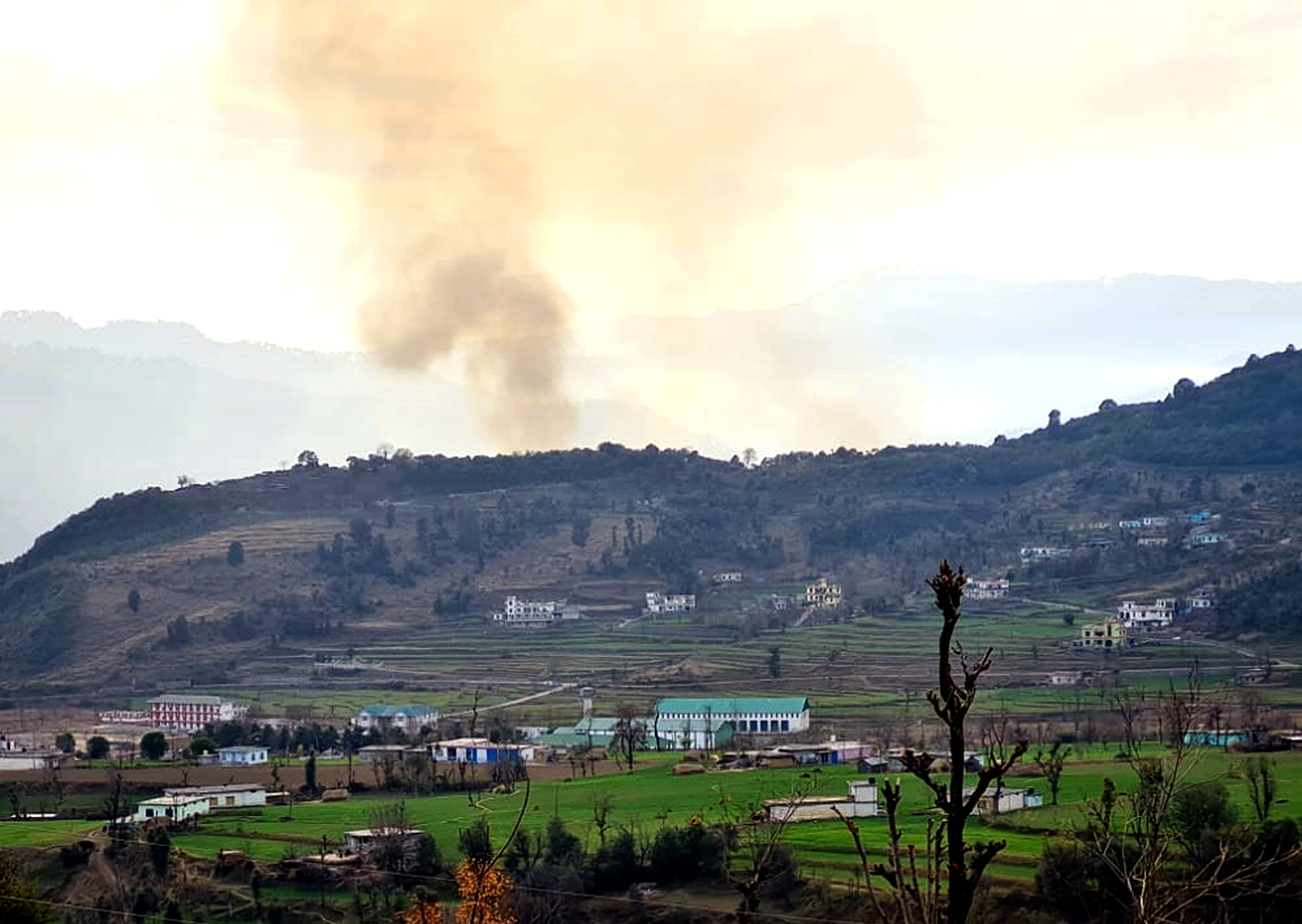Amidst growing tensions in India’s immediate neighbourhood, it has come to light that there were as many as 11,424 ceasefire violations (CFVs) by Pakistan against India in the seven years of the Narendra Modi-led NDA government. An RTI has revealed that the border infringements, year-wise, shot up astronomically from just 1 in 2004 to a staggering 4,645 in 2020.
The RTI information sought by Pune based activist Prafful Sarda reveals that Pakistani troops committed the highest number of ceasefire violations in the last 17 years along the border in Jammu and Kashmir. This amounts to 13 such violations daily.
The Ceasefire Agreement in November 2003 was a landmark in the strained bilateral relations between India and Pakistan. It came after a long cycle of violence along the 725-kilometer-long Line of Control (LoC) that divides Jammu and Kashmir into two parts. It followed a framework of military confidence-building measures (CBMs) that kept the artillery pieces at least 20 km away from the LoC, thus promising a sustained halt to heavy firing. Not only did the ceasefire help the implementation of non-military CBMs such as cross-LoC bus service and trade, but it also came as a huge relief for tens of thousands of people living along the LoC. However, numbers show that the calm was shattered by a string of actions by Pakistani troops.
“Ministry of Defence has replied to my RTI with year-wise data and it’s unbelievable to see how alarmingly CFVs have increased from one CFV in 2004 to 4645 in 2020,” said Sarda.
During the UPA government of Prime Minister Manmohan Singh between 2004-2013, there were a total of 523 CFVs on the border, starting with just 1 in 2004, 6 the next year and 3 the following year, reveals the RTI.
The RTI further suggest that the CFVs entered the double-digit number and kept fluctuating with ups and downs, starting with 21 in 2007, jumping to 77 in 2008, down to 28 in 2009, spelling relief. The CFVs, according to the RTI, kept soaring each year, starting with 44 in 2010, 51 (2011), 93 (2012), and 199 in 2013, almost till the end of the UPA government’s second term. Moreover, in the Bharatiya Janata Party-led NDA’s first couple of years, things appeared bright, with CFVs dropping from 199 the previous year (2013) to 153 in 2014 and 152 (2015).
From then, there was no looking back and the CFVs kept soaring each year, starting with 44 in 2010, 51 (2011), 93 (2012), and 199 in 2013, almost till the end of the UPA government’s second term.
In the BJP-led NDA’s first couple of years, things appeared bright with CFVs dropping from 199 the previous year (2013) to 153 in 2014 and 152 (2015). In 2016, there were 228 ceasefire violations after which there has been a major jump to 860 CFVs in 2017, thereafter a staggering increase to 1629 in 2018, 3,233 in 2019 to 4645 in 2020, and some 524 in the year 2021 till February month.
However, the RTI response from the Ministry of Defence’s Brigadier V. K. Bhat, CPIO refuses to share information on Doklam and LAC as per section 8(1) in the RTI, 2005.
This states that information disclosure will prejudicially affect the sovereignty and integrity of India, the security, strategic, scientific or economic interests of the State, relation with foreign States or lead to incitement of an offence.
Lieutenant General Satish Dua said that the ceasefire violations have not only to do with military dynamics but also with the relations between the two countries. He pointed out a pattern that exists in the year of these CFVs.
“Since the time ceasefire has been signed between the two countries, there have been ups and downs, meaning every year CFVs would go down in winter then an upsurge would be seen in summer, a pattern observed and that has to do more with infiltration attempt that happens more in summers and in winters the passes are closed due to heavy snowfall thus to aid infiltration they start firing weapons across the LOC,” said Dua.
“It also depends on either side of LOC that’s military to military dynamics or also at times on the relation between two countries. After 2016 when the elimination of Burhan Wani happened and the Uri incident and surgical strikes were carried out, the number of ceasefire violations have gone up,”
“After August 2019 action taken by the government on Article 370 its abrogation and bifurcation of state into two UTs after that also the number of CFVs have increased. At the present moment till last February CFVs have held and the last statements by both the countries in February month that they both will be committed to Ceasefire Agreement.”
Lieutenant General Dua further said, “Now is the real test when summers are here, snow melts, higher passes of Himalayas open, it remains to be seen whether it will hold through the summer or it has happened several times in the past that ceasefire has been forgotten and such activities of violation are more seen on the other end.
On being asked about the preventive and immediate action taken by the Indian Army to stop ceasefire violations at LOC, MOD responded by saying, “Incidents of ceasefire violations are taken up with Pakistan military authorities at the appropriate level through the established mechanism of hotline and flag meetings. These violations are also taken up through diplomatic channels by MEA with Pakistan to put pressure to cease such violations and maintain peace and tranquility along the LoC.”
4,645 ceasefire violations by Pak in 2020, over 11,000 in 17 years
- Advertisement -

